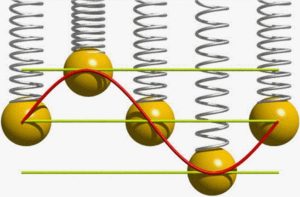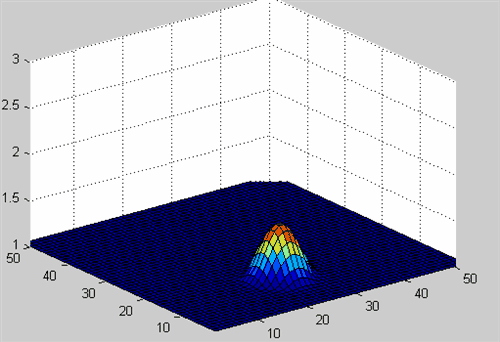Condensed Matter Physics delves into the study of matter in its condensed state, such as solids and liquids, where particles are close together, interacting strongly with each other. This field explores the behavior of large groups of particles, giving rise to fascinating collective phenomena that have significant implications across various scientific disciplines and practical applications.
The Importance of Collective Phenomena
Collective phenomena refer to the behavior exhibited by a large number of interacting particles, which cannot be understood by simply studying individual constituents. Examples include phase transitions, where matter undergoes abrupt changes in properties, and emergent phenomena like superconductivity and magnetism.
Understanding Phase Transitions
Phase transitions are fundamental in condensed matter physics, involving changes in the arrangement of particles and their properties. These transitions can be classified into different types such as:
1. First-order Phase Transitions
- Involves a sudden change in the thermodynamic properties of a system, like the transition from liquid to solid.
2. Second-order Phase Transitions
- Characterized by continuous changes in properties, without any abrupt discontinuity, like the transition from ferromagnetic to paramagnetic states.
Emergent Properties in Condensed Matter Systems

Emergence is a key concept in condensed matter physics, where complex behaviors and properties emerge from the interactions of simple constituents, governed by principles of quantum mechanics. Understanding emergent phenomena is crucial for developing new materials and technologies.
Collective Phenomena
Collective phenomena find applications in various fields, including:
1. Superconductivity and Superfluidity
- These phenomena, where materials lose all electrical resistance or exhibit frictionless flow, have applications in medical imaging, energy transmission, and particle accelerators.
2. Magnetism and Spintronics
- Magnetism and its manipulation at the nanoscale are vital for data storage, sensing devices, and quantum computing.
Experimental Techniques in Condensed Matter Physics
Researchers employ advanced experimental techniques to study condensed matter systems, such as:
1. X-ray Diffraction
- Utilized to analyze the crystal structure of materials, providing insights into their properties and behavior.
2. Scanning Tunneling Microscopy
- Allows for imaging and manipulation of individual atoms and molecules on surfaces, enabling the study of quantum effects.
Current Research and Future Directions
Ongoing research in condensed matter physics focuses on areas like:
1. Topological Insulators
- Materials with unique electronic properties that could revolutionize electronics and quantum computing.
2. Quantum Computing
- Harnessing quantum mechanical principles for ultra-fast computation, with potential applications in cryptography and optimization.
Conclusion
Condensed matter physics is a vibrant field that continues to unravel the mysteries of matter at the nanoscale. By exploring collective phenomena, researchers pave the way for groundbreaking discoveries and technological innovations that shape the future.
FAQs
What is condensed matter physics?
Condensed matter physics studies the behavior of matter in its condensed state, such as solids and liquids, focusing on collective phenomena.
Why are phase transitions important?
Phase transitions provide insights into the properties and behavior of materials under different conditions, crucial for various scientific and technological applications.
How do emergent properties arise in condensed matter systems?
Emergent properties result from the interactions of simple constituents at a larger scale, governed by principles of quantum mechanics.
What are some real-world applications of superconductivity?
Superconductivity finds applications in medical imaging, energy transmission, and high-speed transportation systems like maglev trains.
What is the significance of topological insulators in quantum computing?
Topological insulators have unique electronic properties that make them promising candidates for creating robust quantum bits (qubits) in quantum computing.




